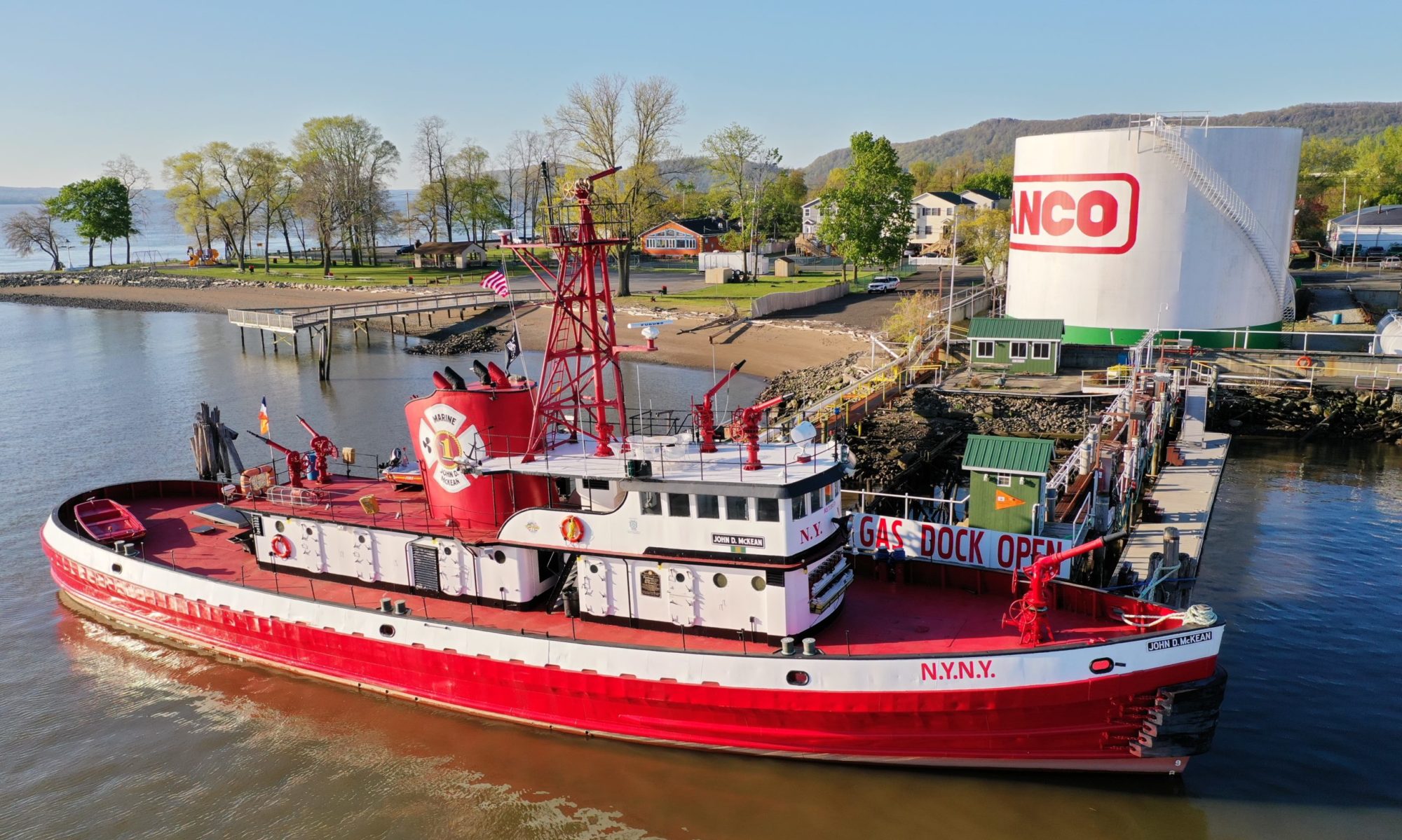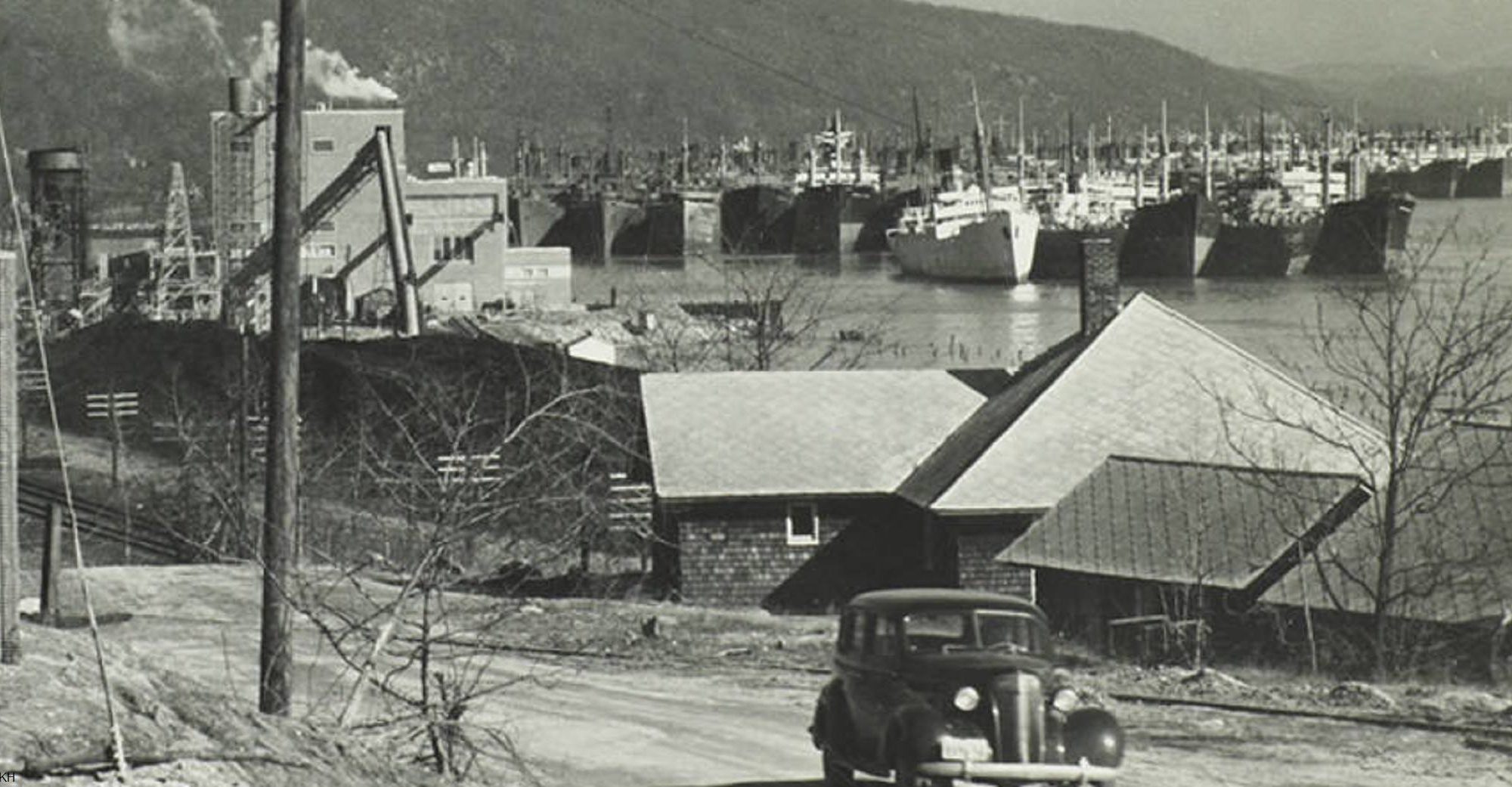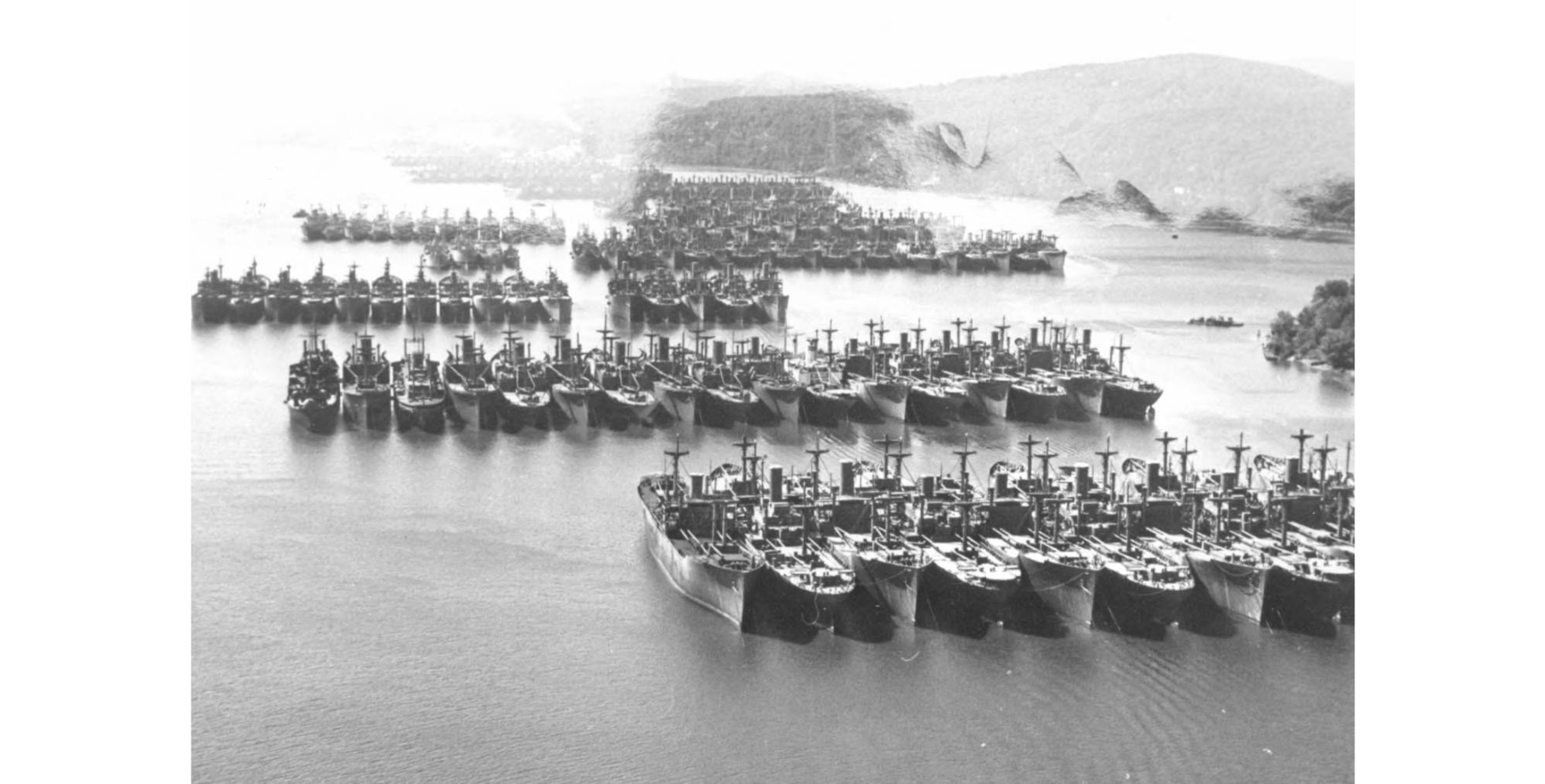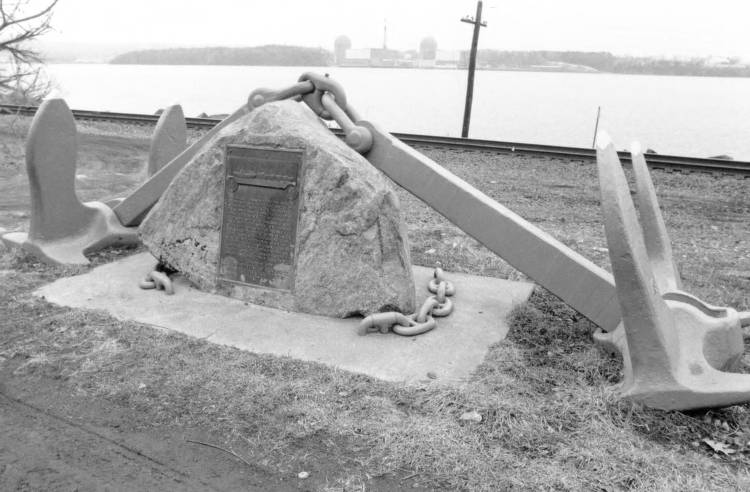Laying at the foot of Dunderburg Mountain just north of Tomkins Cove was a very popular river landing first settled in 1791 by Joshua Cholwills. Later called Coldwells and then Caldwells Landing, what we call Jones Point was the ‘last place to tie up’ before the Highlands. Later the West Shore and then Route 9W passed through the heart of Jones Point on the way to Bear Mountain and points north.
By late in the 19th century most of Jones Point was developed. Brick yards, sand pits, stone quarry’s, an asphalt plant, and a potash mill were all served by the West Shore RR and the deep water docks of Jones Point. Churches, shops, and saloons vied for space on the riverfront with brick barges, sloops, and fishing boats as generations of families lived and worked here. Often in the newspapers, Jones Point had its share of explosions and derailments.
During World War One, The Jones Point Chemical Weapons Research Laboratory conducted projects on liquid propellants, incendiary compounds, and the chemical weapons phosgene and mustard gas, the story being told by Theo Emery. South of Naval Ammunition Depot Iona Island, this laboratory has been all but forgotten today.
In 1946 the Hudson River Reserve Fleet was moved off Jones Point. Here the anchorage remained until the last two ships were towed away on July 8, 1971, to be sold for scrap to Spain.
…………………..
The Fed’s were sued in federal court by Mrs. Scozzafava, a long time resident and restaurant owner at Jones Point . She claimed the ships were anchored on what she called her “front lawn” because she owned up to 250 feet out into the river. She also claimed the ships obstructed her view of the river itself. Most riverfront properties in North Rockland have large riparian rights that were fiercely defended over the years.
Today, Jones Point is a residential neighborhood. A small memorial for the Reserve Fleet is on the flats 10 feet from the CSX mainline, and there isn’t a single commercial establishment left in the hamlet.
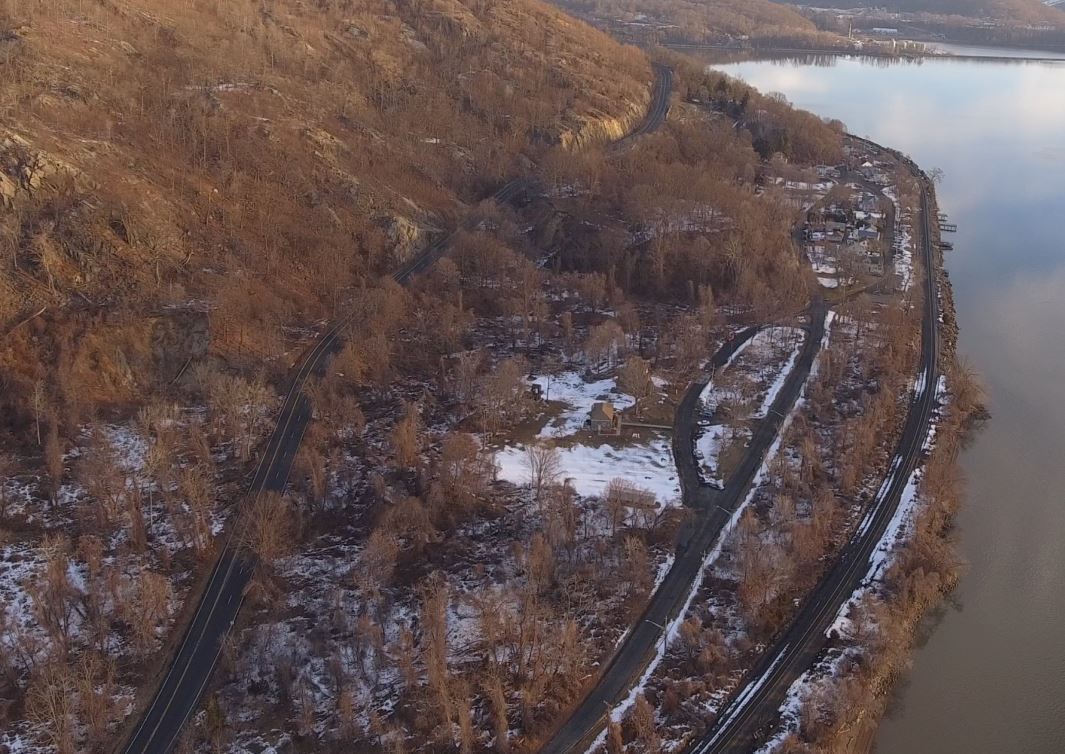
![]()
